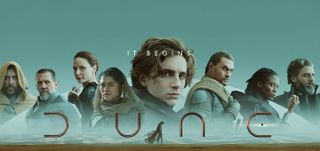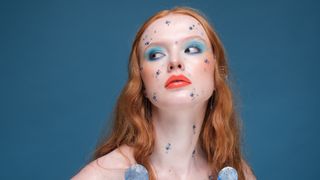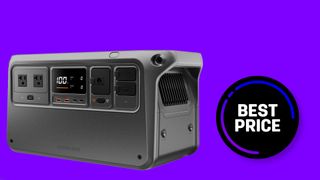Dune hit the big screen only a couple of months ago and was a massive success at the box office taking over $380 million and counting. However, something more hard to fathom than its astronomical takings (or that the the hour remake was only part 1), is the fact the whole film was first shot on digital using Arri Alexa LF and a Alexa Mini LF cinema cameras, then transferred to 35mm motion-picture film, and then scanned back to digital. That seems like a rather lengthy process, but when you have a budget of $150 million, I guess you have to spend all that money somehow, right?
So let’s break down how the film was shot and why they transferred it to 35mm film and then the need for re-digitization?
Filming began on Dune in March 2019 with an IMAX certified Arri Alexa LF and a prototype of the Alexa Mini LF, that was also IMAX certified. Both of these cinema cameras having large format (full frame) sensors needed to be equipped with suitable lenses, and the lenses selected by Director of Photography, Greig Fraser were Panavision’s Ultra Vista and H series lenses, a combination that most of use could only dream about producing the best cinematic experience possible, but not Greig.
He felt that the digital image was “too crisp” whilst seeing the image in a IMAX theatre, and whilst testing various film stocks – 65mm, IMAX 75mm, and 35mm film – Greig and director Denis Villeneuve felt that these looked too nostalgic for a Sci-Fi film.
So the solution they came up with was to shoot digital. But instead of going with the cost-effective methods of applying a softening diffusion filter like a pro-mist to reduce the sharpness, it was decided that no digital emulations should be applied. The next best thing was to transfer the digital footage to 35mm motion picture film, and then re-digitizing that 35mm film, giving the digital image softer edges and real film grain that is not digitally enhanced.
To find out more about the process click on the video below:
Personally, I think this seems like a lot of work, time and energy to make something appear like something else. Put it this way, I can't see all of us shooting digital and then converting to film and re-producing that image to create a certain look. It would be far better to either shoot directly on 35mm or 65mm motion-picture film or alternatively and more affordably, shoot digital and if your finding your visuals are “too crisp” simply setup the matte box in front of the lens with a pro-mist or black pro mist filter to get the same look for a lot less.
I will note that in this particular situation that shooting digital would or could yield better results when shooting in low light conditions and then maybe benefiting from transferring to motion-picture film. However, I can’t see this process ever becoming a practical solution, more of a project that produced interesting results, not game changing results.
Read more:
Best cinema cameras
Best cine lenses
Best video editing software
Best cameras for filmmaking






